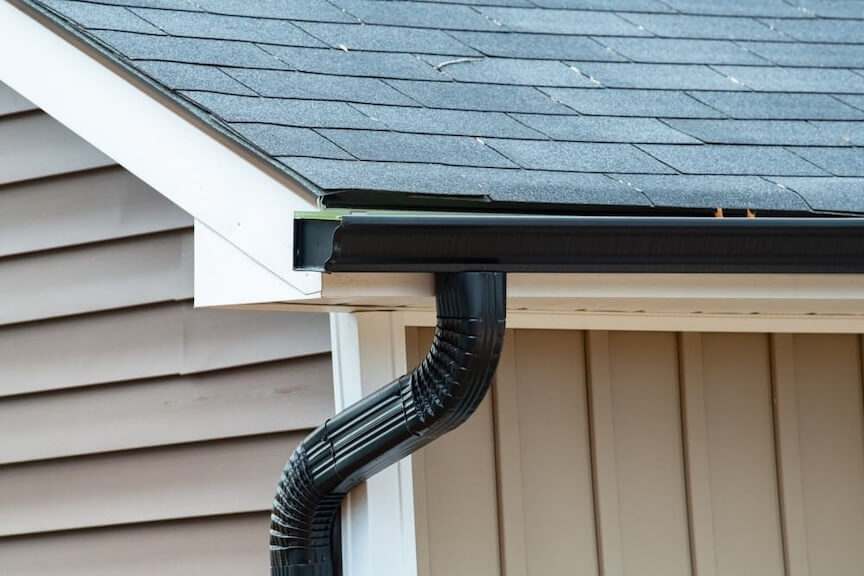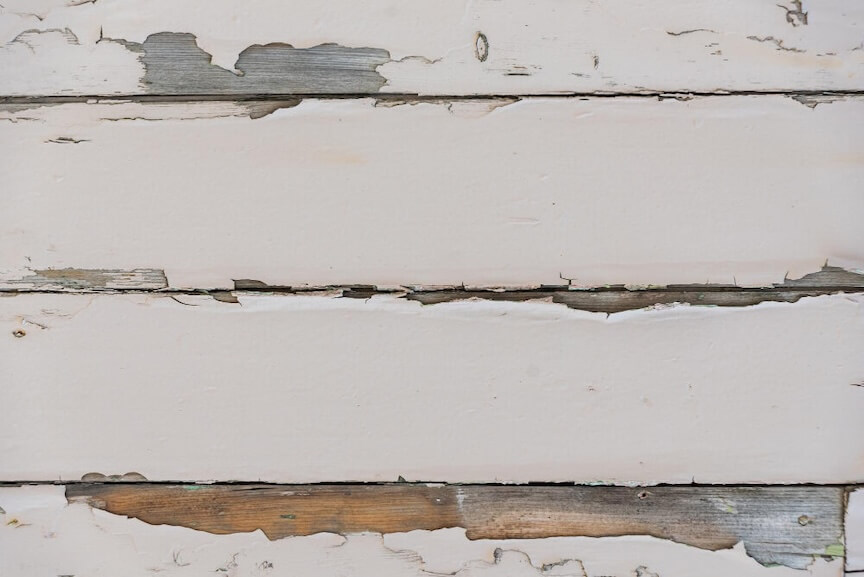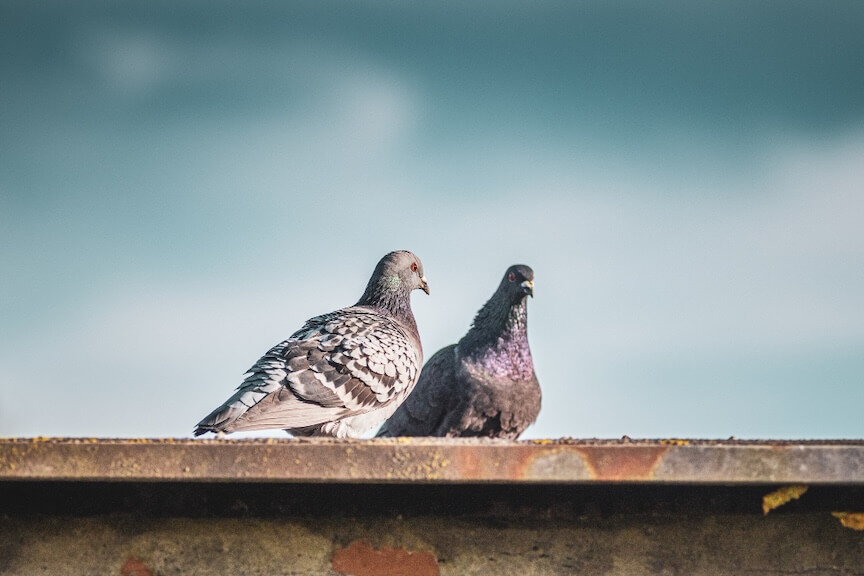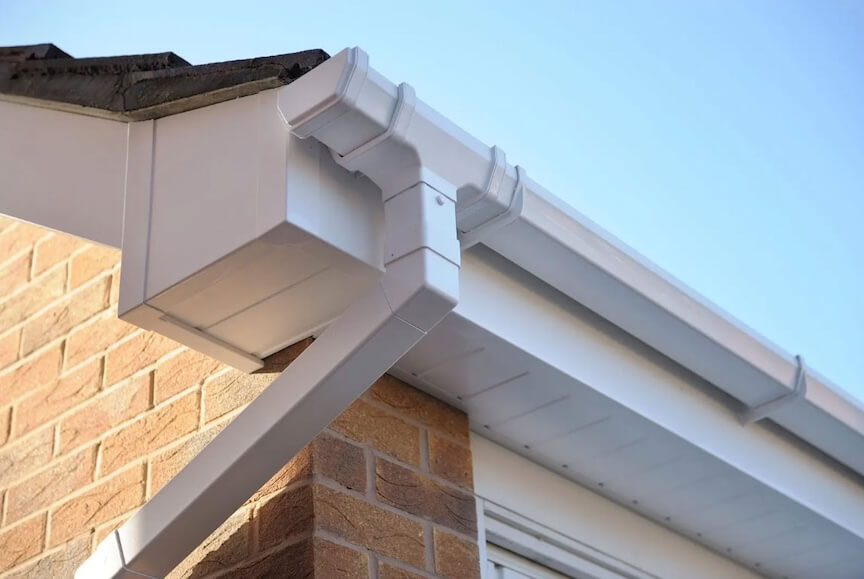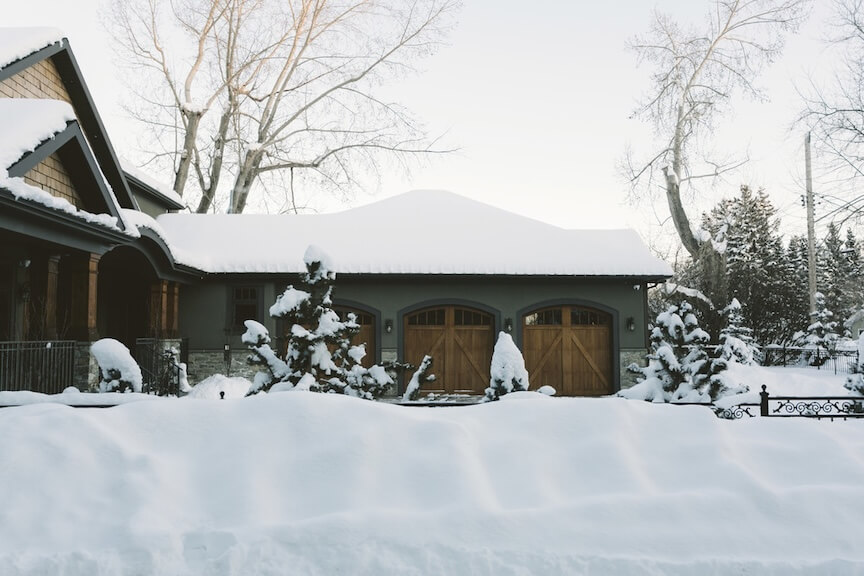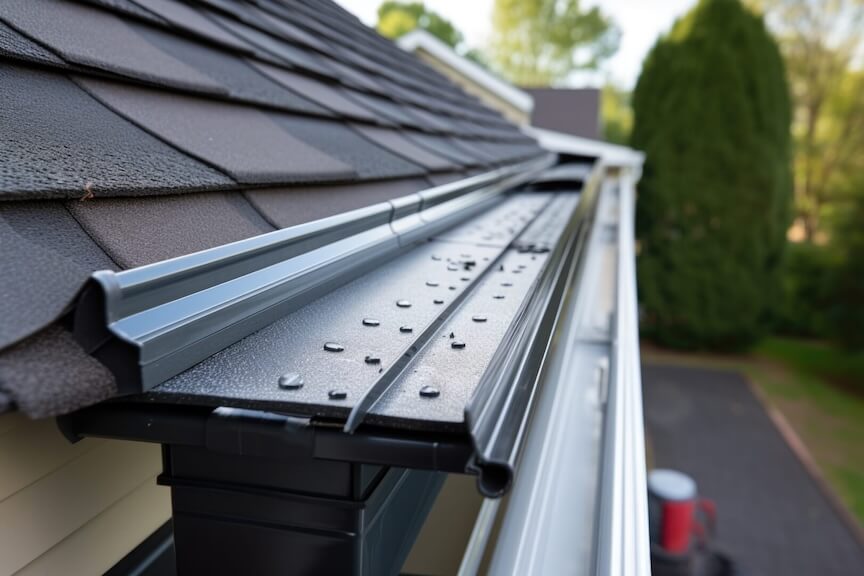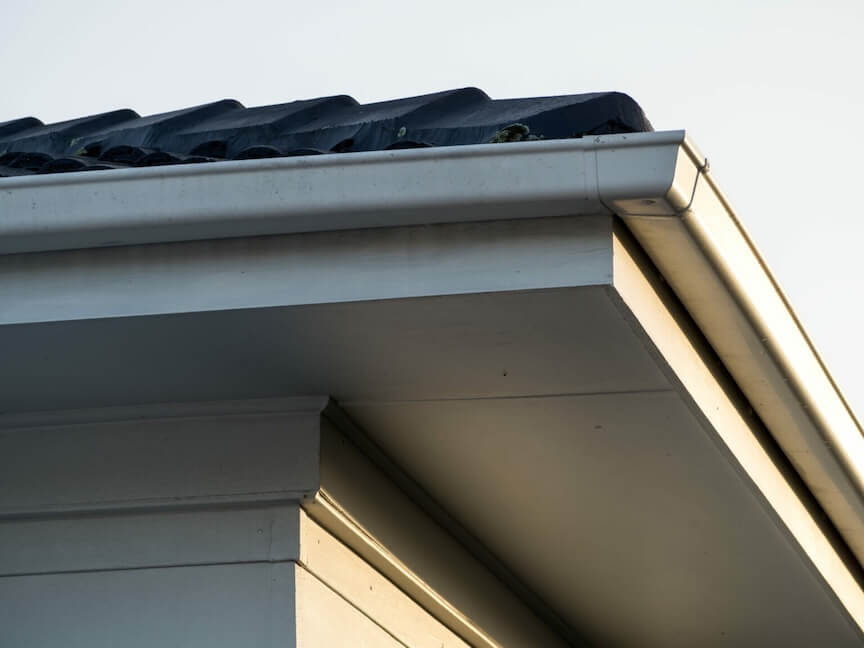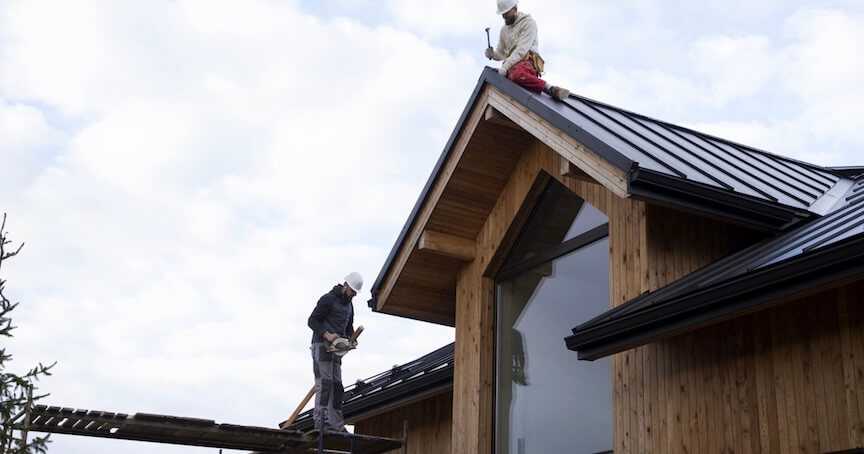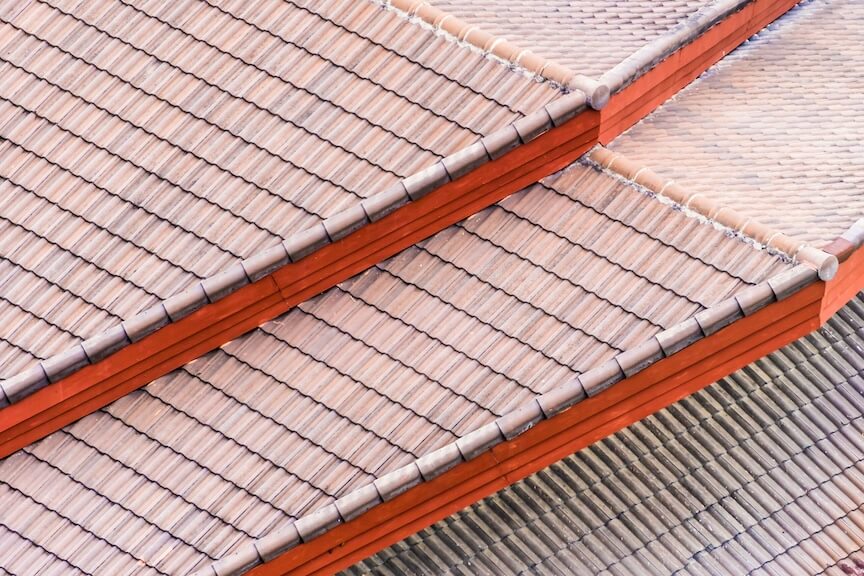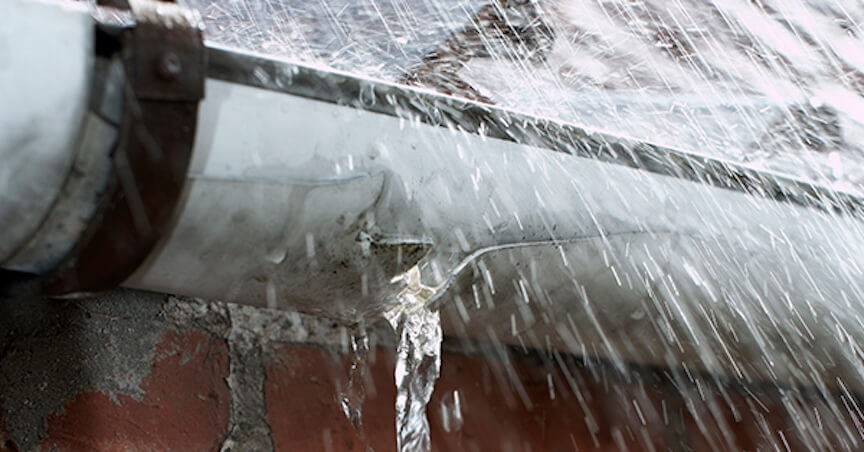Proper drainage of downspout is essential to protect a home from water damage. It is an essential part of guttering & drainage in Vancouver. When heavy rainwater from your rooftop is not directed away far enough from your foundation, it may lead to soil erosion, basement flooding, mold growth, or even structural problems in the long run. A well-designed drainage system for downspout channels safely directs water away from your home, thereby safeguarding your foundation and surrounding landscape. It even prevents fascia boards from getting damaged, and if needed, a proper replacement of the fascia board can be made.
Fortunately, there are many effective solutions to enhance downspout drainage. These solutions fall under guttering & drainage in Vancouver and range from different layouts, soil types, and property climates. Easy installations, like a gravel-filled trench or an eco-friendly rain barrel, can be installed next to a modern, low-profile pop-up emitter. Here is a guide for five downspout drainage ideas to help you make informed decisions about keeping the property safe and dry. Ensure that these techniques are performed by professionals.
1. Gravel-filled trench
A gravel-filled trench is a simple yet very effective means of directing water away from your home when it comes to downspout ideas. It is especially useful where erosion occurs close to the foundation, as it slowly absorbs water, preventing sudden runoff and supporting the overall guttering & drainage in Vancouver.
Purpose
It absorbs and conducts water into the soil without risking its damage to your foundation.
Installation
- Dig a shallow trench about 8–10 inches across.
- Then drill a perforated pipe in that trench and backfill it with gravel to maintain that flow.
Advantage
- Cheap and easy to maintain.
- It blends well into landscapes, especially with decorative stones on top.
You can even cover the openings of the drainage system with gutter guards.
Maintenance
Check periodically for blockage and clean the gravel to ensure a smooth run. It can also beautify your yard and together with increasing your yard's aesthetics, help in handling water effectively.
2. Rain Barrel System
It is environment-friendly and low in cost compared to other techniques in guttering & drainage in Vancouver , as it captures runoff from rain gutter downspouts and may become a free, natural supply source for outdoor uses. Therefore, it's ideal in locations with droughts and periodic water restrictions.
Purpose
This system collects rainwater for gardening, washing cars, and other outdoor tasks.
Installation
- Use a barrel at the end of the gutter spout to collect the rainwater.
- A hose attached to the overflow valve must drain excess water away from the foundation.
Benefits
- Reduce water expenses and conserve water supply.
- Available in various styles to suit different aesthetics.
Maintenance
- Clean regularly to prevent debris accumulation.
- Add a screen or lid to prevent mosquitoes from breeding in standing water.
It's also customizable to suit any type of home. They're available in many designs for utility and aesthetics under guttering & drainage in Vancouver.
3. Dry well construction
In places where water collects or groundwater is not draining, dry wells can form. They basically collect the rainwater underground and then slowly let it seep into the soil, which mitigates surface waters and prevents flooding.
Purpose
Retain and release water slowly to the soil; hence reduce surface run-off.
Installation
- Dig a hole 3–4 feet deep and fill it with gravel or a prefabricated dry well unit.
- Underground piping from the gutter downspout to the dry well.
Benefits
- Works well in areas prone to standing water.
- Prevents foundation damage by controlling heavy runoff.
Purpose
- Regularly inspect to ensure no clogging happens in that dry well.
- Install a filter at the gutter spout to allow for debris prevention.
Maintenance
- Regularly inspect to ensure no clogging happens in that dry well.
- Install a filter at the gutter spout to allow for debris prevention.
Dry wells are especially helpful in rainy regions where water accumulates, and they can be considered a long-term and sustainable solution for water management in terms of guttering & drainage in Vancouver.
4. French Drain
The French drain technique is an excellent choice for properties with sloping terrain. This technique guides water away from your foundation through perforated pipes filled within the gravel trench, allowing it to move naturally downhill. A professional gutter service will always come in handy for these tasks.
Purpose
This prevents the coming of water into the house through the foundation, thus helping the guttering & drainage in Vancouver.
Installation
- Dig a trench along the path that the water will take and place a perforated pipe.
- Cover the pipe with gravel, and cover it first with landscape fabric to avoid soil clogging.
- Add topsoil or decorative stones at the very top for a finishing touch.
Advantages
- Ideal for long-term drainage on sloping or clay-heavy soils.
- Reduces risk of basement flooding by directing water away from the foundation.
Maintenance
- Check annually for any blockages or debris accumulation.
- Rinse the pipe thoroughly in order to remove any unwanted particles.
These are French drains that serve both functionality and durability, hence strong selections for constant, long-term drainage solutions, making them a sustainable choice amongst many downspout ideas.
5. Pop-Up Emitter
Modern options for homeowners who want proper drainage are pop-up emitters. At a point remote from the foundation, the water is released, and when water pressure eases, it closes over neatly to the landscape.
Purpose
Water from the gutter downspout is released secretly without visible pipes or paths of drainage.
Installation
Installation of drainage systems must be done professionally as the specialists allotted are trained and well equipped.
- Run an underground drainage pipe from the rain gutter downspout over to the release area and attach it.
- Install a pop-up emitter that opens with water pressure but closes afterwards.
Advantages
- It maintains a clean look in the yard and keeps the drainage system hidden.
- It prevents pooling near the foundation and fades with landscaping.
Maintenance
- Check regularly to ensure that debris or clogs do not block the emitter.
- Use a drainage filter to keep leaves and dirt from entering the pipe.
- Pop-up emitters are low-profile and effective, ideal for the home as it incorporates both aesthetics and practicality.
Where paint peels, it indicates that moisture has infiltrated the fascia boards. This is typically a warning sign of wood rot.
Drainage Solution benefits
Each drainage solution for guttering & drainage in Vancouver has specific benefits based on your property type and needs.
- Gravel-Filled Trench: This option is both cost-effective and aesthetically pleasing, particularly in flat areas.
- Rain Barrels: The environmentally friendly water drum for outdoor uses.
- Dry Well: Suitable for those dwellings with soil that drains badly or easily accumulates water.
- French Drain: Suitable property with sloping, a strong solution for drainage.
- Pop-Up Emitters: Low-profile and practical, they don’t really show in landscaping.
If you are interested in learning more about gutters, our blog page may be helpful. Protect your home from water damage and keep it in the best condition possible by choosing the right option for your property and maintaining that regularly. We offer all the services mentioned above, as well as many more. You can know more about us or contact us immediately!
Last updated: October 2025

